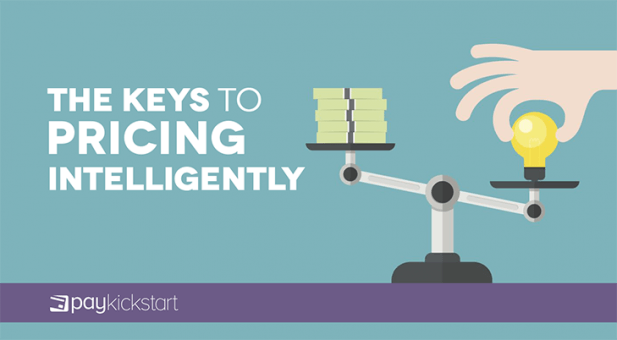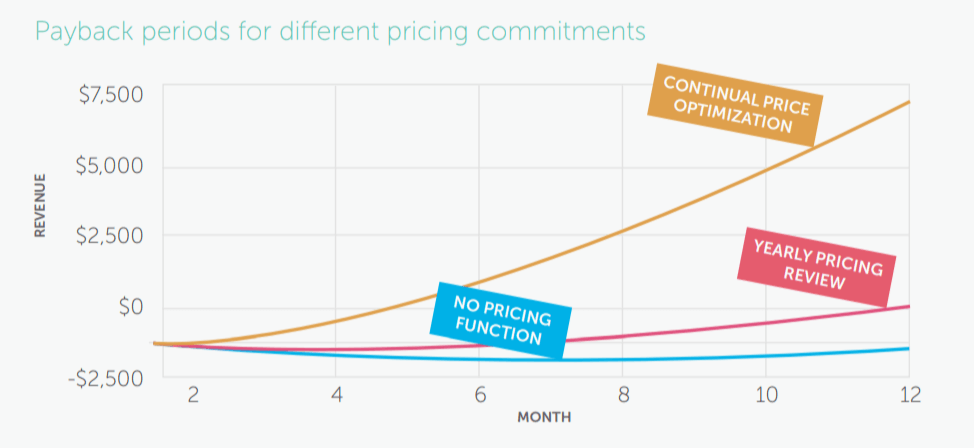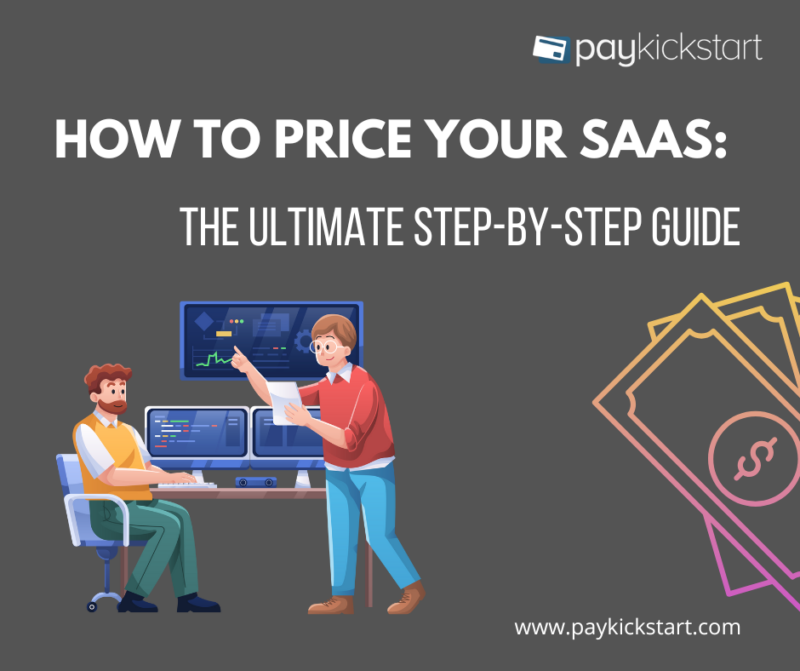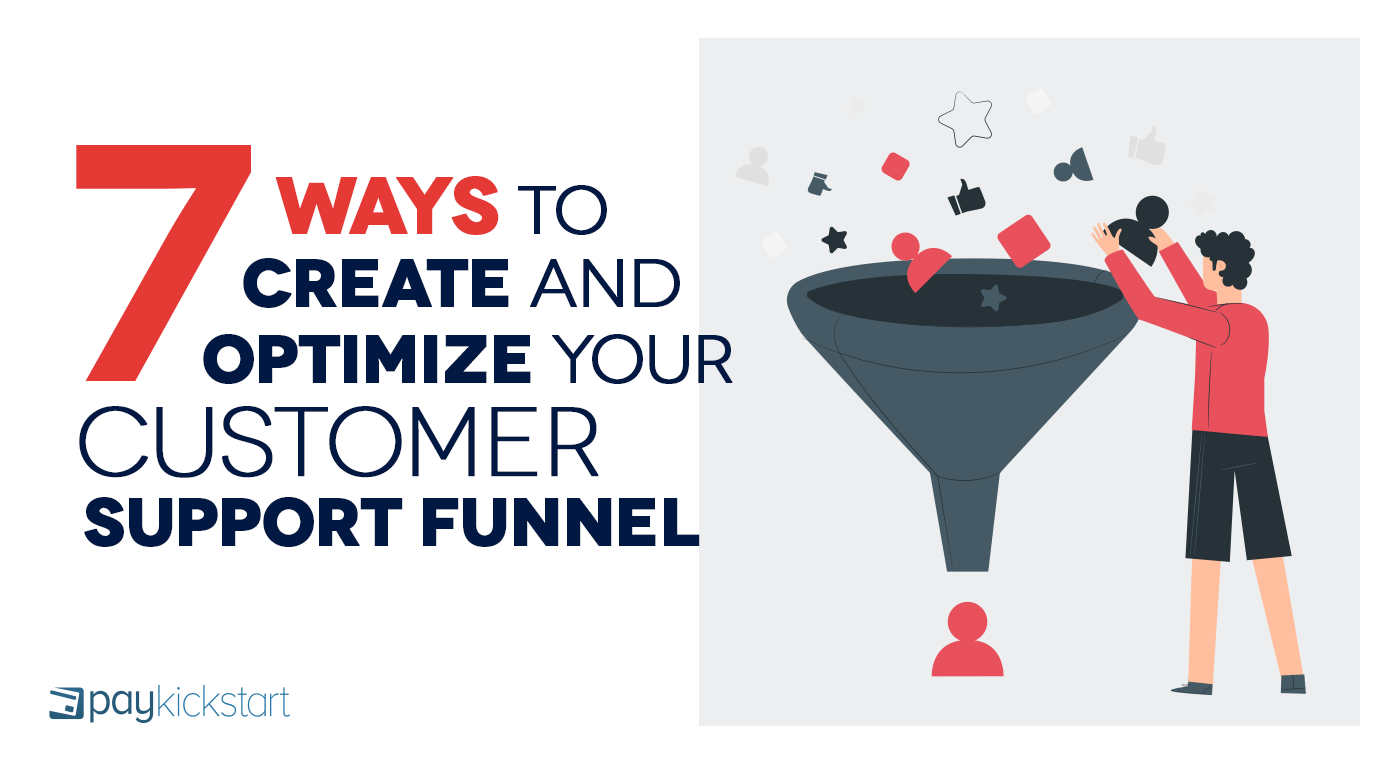Subscription growth hack (by PayKickstart)
Facebook Group - 3,932 members
Visit Group
Finding the right price for your products and services is essential. There are a lot of pricing methods you can choose from but none of them actually tell you how much to charge.
No one can.
Pricing is one of the decisions in your business that has the highest leverage. If you choose wrong, you’ll be leaving a lot of money on the table.
If you choose correctly then you’ll increase your bottom line while delivering value to your customers.
This article will show you the key elements to consider when you’re pricing your products and services so you unlock the most value and accelerate your growth.
Pricing is a wide topic and will depend on everything from your products, industry, positioning, and financial muscle.
It’s important to understand pricing isn’t something that you set and forget. You can go back and evaluate your pricing as often as you want. If you go the route of constantly testing your prices, you should protect your current customers from fluctuations (for example, if you have a membership product) by grandfathering them.
To find a benchmark to start with, look at what’s going on in your industry.
Almost every industry has an accepted norm for how they price products. It’s not a must that you follow the same methodology as everyone else but it is important for you to understand the strategies being used.
This may save you a lot of time and energy down the line. For example, retail stores and manufacturers tend to use cost-plus pricing. SaaS companies gravitate towards value-based pricing.
When you figure out how your competitors are pricing their products, you have three choices:
Each one has nuances. For example, if you’re trying to capture a larger market share, you may price below the market. If you’re trying to position yourself as an exclusive or premium brand then you may price above the market.
Remember, no price point is written in stone. Just look at it as a starting point and the more you optimize your price, the better results you’ll get.

Now, let’s look at the keys to arriving at the perfect price for your products.
This may be the most important factor when determining your price. How willing are your customers to pay for the product in the first place? Is it important enough for them to pay a premium price or do they look at it as a commodity?
The way you market your products will have a direct impact on your customer’s willingness to pay. Apart from that, certain products are simply more valuable to your target market than others.
Let me illustrate using two different examples.
Bob is an office manager and his 7th marriage anniversary is coming up. His wife is really big on collectible action figurines that can go for hundreds of dollars through auctions on sites like eBay.
There’s one type in particular that she has been eyeing for the last few months, but the price was too high so she’s been saving towards it. Bob knows she won’t be able to save enough for it for at least 2 more months. He also knows that she’ll be thrilled if he can surprise her with it.
He jumps on eBay and places a bid when the item has about 12 more days left. His bid is set at $120. With just 24 hours left, someone comes and places a bid for $450. It’s still less than Bob planned to pay so he ups the bid to $475 and dares them to bid again.
They bite and increase the bid to $500 with just 8 hours left.
A bidding war ensues.
Bob checks eBay every ten minutes to make sure he’s still on top. His opponent doesn’t seem to want to give up. With just 30 minutes left, the bid is at $950 and Bob is on top. His opponent swoops in with just 15 minutes left bids $1,000.
Bob sighs in resignation as he adds another $50 to his bid amount. He wins.
In this case, there’s a lot of willingness to pay. Not because of the intrinsic value of the figurine but because of the value to Bob’s wife.
In another example, the same person – Bob – is playing with the idea of starting an online business but doesn’t know where to start.
He ends up on the list of a marketer that has a course about that exact topic. Bob consumes the free material and when the launch rolls around, he seriously thinks about buying the $997 course.
He contemplates it for a few days but decided he has more important obligations and goes about his business.
He has low willingness to pay.
When you know the willingness to pay of your potential customers, you can price your products accordingly.
You can use surveys to determine the willingness to pay of your target demographic.
This can be hard to determine when you have an intangible product like an Ebook. You sit down for a couple of hours and write the book.
The cost of fulfillment is negligible and doesn’t factor into the costs of making and distributing the product. On the other hand, if you have shirts, physical books, electronics, etc. There’s a real cost of the goods.
You may be manufacturing them yourself or reselling them after purchasing from a distributor.
When you’re in a situation like this, the cost of the goods is a solid benchmark when determining the retail price of your product. If it costs $5 to produce then you know you need to, at the very least, charge more than $5 if you want to turn a profit.
Competition is also a huge factor in determining your price.
If you don’t have anything that differentiates you from the others in your space then your products and services will be perceived as a commodity.
What that means is you’ll have a hard time charging premium prices.
Think of it like this. You’re selling a white shirt with no brand, no special features, and no unique factor that differentiates it from other white shirts. For some reason, you decide to price it at $29.
The people who land on your page will read everything, possibly watch a video, and then search Google for an alternative.
Within a few minutes, they’ll find dozens of competitors that offer a comparable product for much cheaper. When you don’t have anything that differentiates you from the competition then the way they price their products will play a big role in your pricing strategy.
If, on the other hand, you have a differentiation device then the competition becomes less important to you because you offer something people can’t get anywhere else.
An example of this is FrogTape that uses Paintblock® technology. No one else in the market offers Paintblock® technology so it’s able to stand out and charge a premium for its product.
Your price is never set in stone and can be reevaluated at any time in the future. With that being said, you should still put the time and effort into getting it right.
Start by looking at what other organizations in your industry are doing. What’s the methodology behind their pricing and does it work for them?
Using that starting point, look at specific factors in your business such as
When you’ve gathered all of these data points, it’s much easier to settle on a price. Let me know how you’re going about pricing intelligently in the comments and don’t forget to share.
Daniel Ndukwu is a regular contributor to the PayKickstart blog. He has extensive experience with online businesses, conversion optimization, and subscription revenue models. When he's not writing insightful content, he works with other entrepreneurs to help them grow their bottom line.
Read More About Daniel Ndukwu
